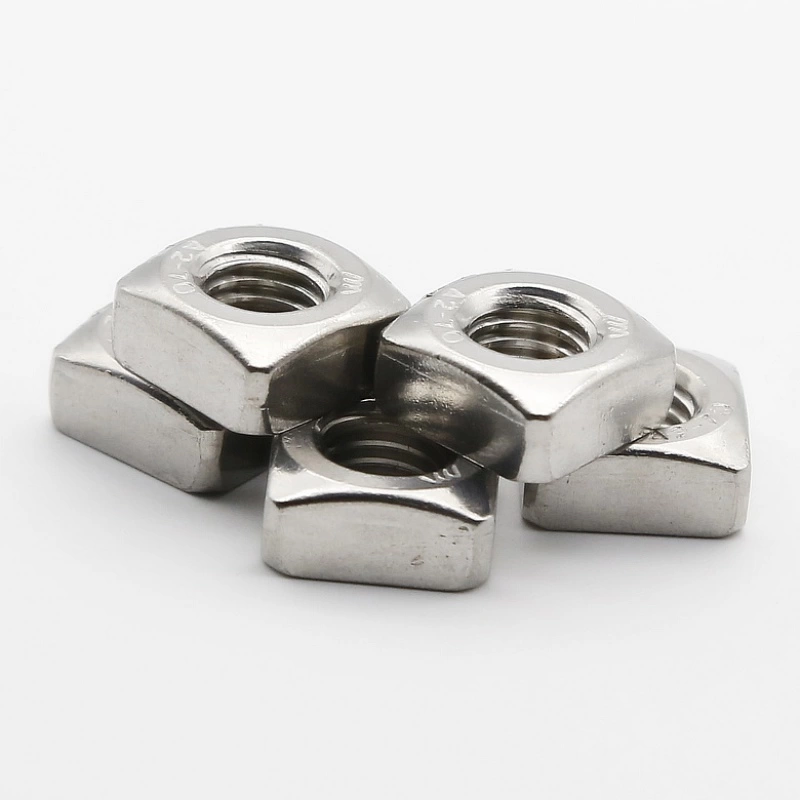

plain flat washer
Out . 31, 2024 08:16 Back to list
plain flat washer
Understanding Plain Flat Washers Essential Components in Engineering
In the world of engineering and construction, the seemingly simple components often play crucial roles in the overall functionality and integrity of structures and machinery. One such component is the plain flat washer, a small yet indispensable part frequently employed in various applications.
Definition and Basic Function
A plain flat washer is a disc-shaped component with a centrally located hole that is typically used in conjunction with a bolt or screw. Its primary purpose is to distribute the load of the fastener over a larger area. This distribution helps to prevent damage to the materials being fastened, reducing the risk of cracking, dimpling, or other forms of deformation. Additionally, washers play a pivotal role in preventing loosening due to vibration, a common issue in many mechanical systems.
Material Composition
Plain flat washers are made from a variety of materials, each chosen based on specific application requirements. Common materials include stainless steel, carbon steel, plastic, and rubber. Stainless steel washers are popular in environments prone to corrosion due to their resistance to rust and environmental degradation. On the other hand, plastic washers may be utilized in electrical applications where insulation is critical, while rubber variants are often used for vibration dampening.
Sizes and Standards
plain flat washer

Plain flat washers come in numerous sizes and thicknesses, allowing for versatility in different applications. They are manufactured to meet specific industry standards, such as ASTM (American Society for Testing and Materials) and ISO (International Organization for Standardization). These standards ensure reliability and compatibility across different industries and applications, making it essential for engineers and designers to select the appropriate washer size and type for their specific needs.
Applications
The applications of plain flat washers are vast and varied. In the construction industry, they are frequently used in conjunction with bolts and nuts to secure structural elements together. In automotive engineering, washers play a key role in keeping various components tightly fastened while absorbing vibrations, ensuring that vehicles operate safely and efficiently. They are also utilized in electronics, plumbing, and aerospace applications, showcasing their indispensable role in modern engineering.
Installation and Best Practices
When installing plain flat washers, it is essential to place them under the bolt or nut head to ensure proper load distribution. Additionally, it is critical to avoid over-tightening, as this can lead to washer deformation or damage to the material being fastened. Proper selection of washer size, thickness, and material can further enhance the performance and longevity of the fastening system.
Conclusion
Although plain flat washers may appear simple, their significance in engineering cannot be overstated. They are essential components that contribute to the durability, stability, and safety of various systems and structures. With their diverse applications and materials, plain flat washers demonstrate the importance of seemingly insignificant parts in the larger scheme of engineering and design. Whether you are an engineer, constructor, or DIY enthusiast, understanding the role and proper use of plain flat washers can significantly impact the success of your projects. As technology advances, the development of new materials and designs for washers will continue to enhance their effectiveness and broaden their applications.
Latest news
-
Premium Fasteners Manufacturer | AI-Driven Solutions
NewsAug.01,2025
-
Hot Dip Galvanized Bolts - Hebei Longze | High Strength, Corrosion Resistance
NewsAug.01,2025
-
High-Strength Hot Dip Galvanized Bolts - LongZe | Corrosion Resistance, Custom Sizes
NewsAug.01,2025
-
Best Self Tapping Screws for Drywall - Fast & Secure Installation
NewsJul.31,2025
-
High-Strength Hot Dip Galvanized Bolts-Hebei Longze|Corrosion Resistance&Customization
NewsJul.31,2025
-
Hot Dip Galvanized Bolts-Hebei Longze Metal Products|Corrosion Resistance&High Strength
NewsJul.31,2025

